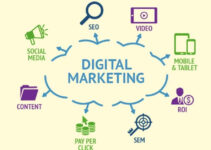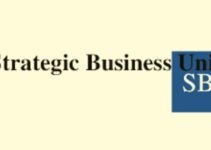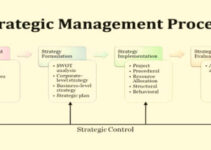Introduction
Many human resource departments use the software HRIS (human resource information system) for the smooth running of various operations. Today, we’ll discuss what is HRIS; its benefits, and its functions.
What is HRIS?
HRIS is the system and software that gathers and stores relevant to the employees of the company. Usually, the software comprises basic functions for the end-to-end HR operations like learning and development, performance management, recruitment system, and much more.
HRIS system also goes by the name of HR software. It could be cloud-based, run the company’s daily operations, or the technical infrastructure. It means that you can operate the HR software outside of the premises of the company which makes it much easier to manage and update.
The other name for the HRIS system is HRMS (human resource management system). They may have different names, but their work and function are the same. Collectively, you can call the system HCMS (human capital management system).
Benefits of HRIS
The HR system offers a lot of benefits, that’s why businesses and companies of various sizes all use and implement it in their organizations to support the organization. Some of the main benefits of HRIS are as follows;
Self-Service HR
The system offers the self-servicing option to the managers and employees, and it allows them to manage their own work and functions. If they perform the job well, then the system offers them a good experience. However, it’s important to mention it here that not all HR software offers this feature of self-servicing and user-friendly experience.
Strategy of HR
HRMS allows you to track data when it comes to developing the business and HR strategy of your company. The requirements of different companies are different, and you need to track different types of data, and this is the strong suit of HRIS.
Efficiency
When you have got all the data and information stored in one place, then it saves your time and offers you the benefit of accuracy. Some businesses and companies are still storing and maintaining the data in the form of the hard paper copy. It may seem good, but searching and locating the right folder and file would take a lot of your time.
Compliance
Companies gather and store a certain type of data and information for compliance reasons. For instance, it comprises the expiration date of some important certificates, identification information of citizens for the tax office, contact information in case of accidents, and identifying employees due to misbehavior, fraud, and theft. You can store the data in the HRMS, and it’s important to store it under the regulations of GDPR securely and safely.
Record Keeping
Finally and most importantly, HRMS allows you to store and maintain the record and track the changes made in the record relevant to the employees’ data. It could be the single source of truthful data when it comes to maintaining it.
When it comes to managing the data of 30 to 50 employees, then HRMS becomes highly useful. It’s because managing it over the excel spreadsheet is highly difficult. For instance, it requires a lot of standardization for simply approving the holidays of employees.
Features/Functions of HRIS
There are various types of HRIS software and system, and they all offer different features separately relevant to the HR system. Some of the main features of HRIS are as follows;
Reporting & Analytics
Modern HR software develops and creates reports on various topics like performance, absence, employee turnover, etc. The analytic tool deals with the analysis of data in order to make better-informed decisions.
Self-Service Employee
Self-servicing is a very good function and it allows managers and employees to manage their data directly. For instance, employees could request for the holidays by themselves. They can immediately the information in the system after getting the approval.
Succession Planning
It puts talented individuals in the pipeline, makes the replacement possible for the important roles, and it’s the important function of the HRMS.
Performance Management
Performance management is the other significant tool to manage the workforce, and it allows you to create performance ratings of employees relevant to their peers.
Training
Learning and development is an important element for the management of employees. It allows to tracks the skill, certification, and qualification of employees buy and make the courses available for the employees. However, it also goes by the name of LMS (learning management system).
Time & Attendance
This model gathers data from employees in terms of date and time, and it becomes significant when employees work in shifts. Before the implementation of technology, employees used to put the information on the piece of paper and the supervisor would enter the date and sign it for tracking. The manager would plan the payment based on the date and timing of employees. However, the software has made it much easier to manage the record with the exact arrival and departure time and date.
Administration of Benefits
Management of employees’ benefits is a very important functional area of employees’ salaries and compensation. Some advanced systems offer you a self-servicing employee benefit plan. The automated system would allow you to choose the benefit plan for yourself. For instance, it could be in the form of opting for the purchase of an expensive car or paternity leave.
Payroll
The automated payroll system processes the payments to the employees. You have to enter the contractual information into the system. Along with basic information, it studies the date and timing of attendance, and then it develops the payment orders.
ATS (Application Tracking System)
The ATS application manages the recruitment details of potential applicants and tracks their resumes and other relevant information. It allows recruiters to analyze candidate information relevant to the job opening and assists in the overall recruiting and hiring process.
Conclusion: What is HRIS? Human Resource Information System
After an in-depth study of what is HRIS; its benefits, and its various functions; we’ve realized that HRIS is a highly beneficial tool for the management of employees’ records. If you want to implement it in your organization, then you should keep in mind its various functions and benefits.

Ahsan Ali Shaw is an accomplished Business Writer, Analyst, and Public Speaker. Other than that, he’s a fun loving person.


